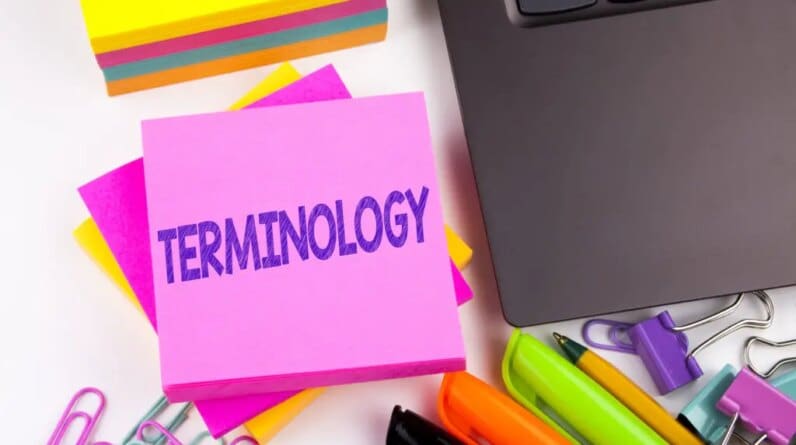
Today, acronyms and abbreviations abound because of email and social media. Many have become so common that we may not know what they derived from; we only know what they mean. Or do we? With so many shortcuts, things can get confusing. OMG! What’s more, there are a number of new expressions to explain activities in the workplace. And there are an estimated 600 to 1,000 new words added to the English language dictionaries each year (e.g., 690 were added to the Merriam-Webster Dictionary in 2023). Here is some common terminology that’s worth knowing.
In or out of the office?
Where are your employees?
WFH: work from home. According to Flexjobs, the majority of professionals (51%) favor a fully-remote job; 46% prefer a hybrid arrangement. And 63% are willing to take a pay cut to WFH.
RTO: return to the office. A variation is BTO: back to the office. USA Today reported: “Return-to-office died in ‘23,” said Nick Bloom, an economics professor at Stanford University and work-from-home expert. “There’s a tombstone with ‘RTO’ on it.” But Jobera reported that 90% of bosses are pushing RTO in 2024, so who knows?
Coffee badging: The practice where employees swipe their badge to prove they’re on the premises, have coffee, and then return home to complete their work. According to Owl Lab’s State of Hybrid Work 2023, 58% of hybrid workers coffee badge, and another 8% haven’t done this but would like to try. Men (62%) tend to coffee badge more than women (38%). And there’s a generational aspect to this too: 63% of Millennials coffee badge, compared to 54% of Gen X, 43% of Gen Z, and 38% of Boomers. Shiftbase lists 8 ways for employers to combat coffee badging.
Quiet quitting: Doing the bare minimum required for a job. It’s hard to say how prevalent this practice is. One source said 60% of employees worldwide are quiet quitting.
Rage quitting: Leaving a job in a fit of anger or frustration. It seems that rage quitting is rare!).
Staffing
DEI: diversity, equality/equity, and inclusion. Diversity means creating a workplace of people with differences in age, religion, sex, gender identity, sexual orientation, cultural backgrounds/race, physical disabilities, etc. Equality means providing resources to each employee in the same amount. And inclusion means a culture where everyone feels welcome. DEI is associated with large organizations, but can be important to small businesses. BBSI says DEI is a way for small businesses to compete for good employees and lists DEI initiatives for small businesses.
ERG: employee resource group. According to Gartner, an ERG is a voluntary, employee-led diversity and inclusion initiative that is formally supported by an organization and is organized on the basis of common identities, interests, or backgrounds with the goal of supporting employees by providing opportunities to network and create a more inclusive workplace.
BIPOC: Black, Indigenous and People of Color
POC: People of Color
Cisgender: People whose assigned sex at birth aligns with their gender identity
LGBTQIA: Lesbian, gay, bisexual, transgender, queer or questioning, intersex, and asexual.
Neurodiversity: Those with neurological differences (e.g., autism, attention-deficit/hyperactivity disorder—ADHD).
Code-switching: the way some employees adjust and adapt their behavior, appearance, and language to better fit into the dominant culture. Preply explains how it can benefit a business, such as improving communication in multilingual teams, creating connections between employees, and contributing to a culture of mutual respect. But code-switching can also be a DEI problem, so beware.
Final thought
It’s hard to stay up with language changes, but it’s important to do so. It shows your workplace is considerate and understanding. If you come across an acronym you don’t know, you can search Acronym Finder.
Find more blogs written related to the workplace for small businesses here.







